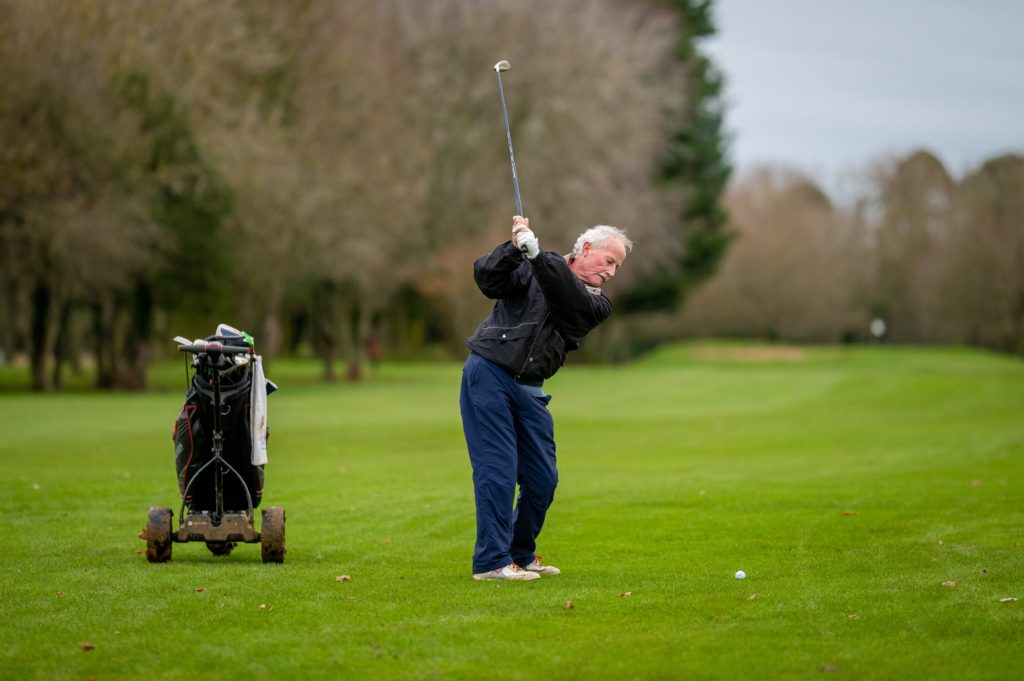Telehealth Case Study - Shoulder

Subjective:
- 68 year old male
- Previous history of L shoulder dislocation 20 years ago, fell while preventing burglary. Attended ED for relocation, had physiotherapy for 6-8 weeks following. Injured shoulder playing football as a young man, cannot recall side of injury. Rested for 8 weeks then resumed sport with minimal difficulty.
- Exacerbation of L shoulder pain 6 weeks ago, first noted awareness with playing golf. Is now unable to play due to pain.
- Received an ultrasound, was diagnosed with full thickness Suprapsinatus tear, bursal impingement, biceps tenosynovitis, degenerative AC joint, Subscapularis calcific tendinosis, labral defect.
- The patient was referred to an orthopaedic surgeon by their GP for an opinion, and has been recommended to have a total reverse shoulder replacement.
- The patient’s pain is particularly aggravated by active movement (particularly flexion and abduction overhead), lifting, opening heavy doors and pulling off the bed covers in the morning. His pain gets to a 6-7/10 at its worst.
ANSWERS:
- Does the patient have any neurological or cervical symptoms? No, the patients symptoms are not related to cervical movement and there are no neurological components.
- Does the patient have night symptoms? He will often wake up when rolling over in bed, but is usually able to return to sleep quickly.
- What are the patients current exercise habits? He plays golf 2-3 times a week, attends gym 2 times a week and walks daily.
- What are the patients goals? Return to volunteering at the MCC, “manage shoulder for the rest of my life”, avoid shoulder surgery
Objective Assessment:
- Cervical range of motion within normal limits and is pain free
- Reduced L shoulder flexion, abduction and internal rotation range of motion, with symptom provocation at end of range
- Special tests:
- Full can tests provokes L shoulder symptoms and feels weaker compared to the R side
- Empty can test R=L
- Hawkins test provokes mild L shoulder symptoms
- O’Brien’s test is positive for pain on the L shoulder
- Power and sensation is fully intact in the upper limbs
Self palpation: some anterior tenderness over the bicipital groove and anterior cuff, AC joint is non tender. Upper Trapezius muscle feels tight.
Apprehension test = negative.
Postural assessment: L scapula is anteriorly tipped, downwardly rotated and depressed. Reduced posterior cuff bulk on the L side.
ANSWER:
- Provide education on loading principals and pain mechanisms
- Provide reassurance for the patient that shoulder pathology is normal and does not require a surgical solution.
- Highlight the importance of strength training and the role of muscle strengthening in pain management. Promote general aerobic physical activity and it’s role in maintaining overall health.
- Set goals: Return to 9 holes of golf in 4 weeks, return to 18 holes of golf in 8 weeks. Return to volunteering in 2-3 weeks as shoulder loading associated with this is likely to be minimal.
- Exercise prescription: banded shoulder external rotation at 0 degrees abduction, banded shoulder extension/pull down, banded shoulder flexion.
Follow up appointment: the patient reports feeling some level of improvement. His sleep is less disturbed, and he feels less pain when lifting his shoulder overhead without load. He continues to have symptoms with lifting, and tried to swing a golf club a few days prior which continues to be mildly symptomatic.
The exercises are going well and continue to be a challenge, but feels that he is ready to progress these during the session.
ANSWER:
- Review load management strategies and discuss acceptable pain guidelines for exercise .
- Review exercise technique and dosages, progress resistance and range of motion of current exercises where possible.
- Evaluate goals and progression towards attainment.
Next follow up appointment: The patient played 9 holes of golf 3 days prior to the appointment and reported no symptoms in the following days. The patient has also successfully resumed his volunteering commitments. He now has no pain with active range, and is able to lift light objects under 2kg comfortably overhead. Heavier objects, (e.g wet towels, suitcases) remain difficult and painful to lift overhead.
ANSWER:
- Progress exercise program
- Introduce overhead loading exercise with free weights.
- Progress cuff and scapula loading exercise resistance.
- Begin upper limb body weight bearing exercises (e.g. high plank holds, push on wall/table).
- Goal planning:
- Trial 18 holes of golf in 2 weeks. Complete 1 round a week for 4-6 weeks, then trial reintroducing a 2nd round.
The patient has now returned to 2 rounds of golf per week, and will occasionally play 3 times a week. This no longer triggers his symptoms. The patient no longer has night pain and his symptoms are not triggered by any common ADLs. The patient is now completing shoulder exercises with free weights and pin loaded machines at the gym, and completes and maintenance program at home. The patient has set a new goal of returning to social tennis, which he has not done since before COVID lockdown.